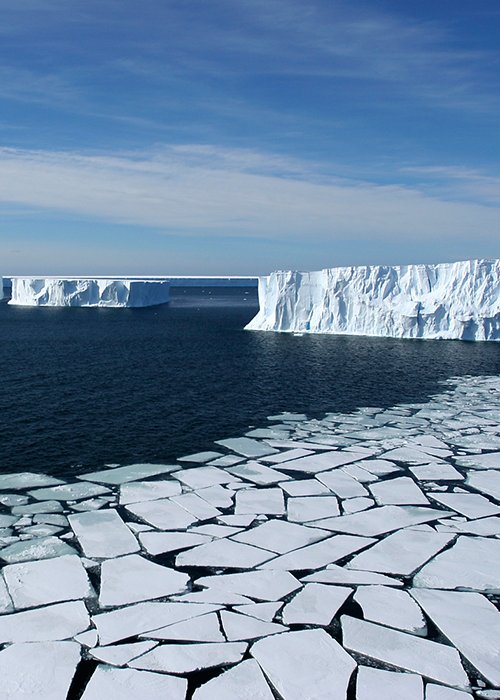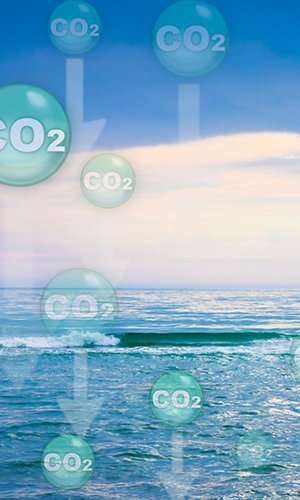For climate scientists, some of the behaviour of Antarctic glaciers is still not entirely clear. For instance, it is unclear why changes in the extent of the ice sheet do not follow the trend of the climate crisis (the loss is 0.1% every decade), extreme temperature anomalies are increasingly frequent, and the behaviour of the eastern side is very different from the western side. Given these uncertainties, it has become clear that climate change in Antarctica has had its effects: between 1997 and 2021, the Antarctic continent experienced a net loss of 7.5 trillion tonnes of ice.
This data was presented in a study published in Science Advances. In it, the authors analysed changes in the ice volume of the continent's 162 ice shelves through more than 100,000 satellite images. The researchers found that 71 platforms have lost mass, 29 are growing and 62 have not changed their mass significantly. Of the platforms that lost mass, 68 showed a statistically significant negative trend and, in particular, for 48 of these, the loss of ice compared to their initial mass was more than 30%.
The most significant losses were on the Getz ice shelf, which lost 1.9 trillion tonnes of ice in a quarter of a century. Only 5% of this is due to the calving of icebergs, the rest depends on melting at the base of the ice shelf triggered by warmer waters. Over the course of 25 years, scientists have calculated that almost 67,000 tonnes of ice melted into the ocean. This was offset by 59,000 tonnes of ice that became more solid. If the loss were solely due to natural variations, the authors point out, we should see a decline, even a sharp one, followed by a slow recovery of volumes. Instead, half of the shrinking glaciers show no signs of new ice accumulation, not even temporary.





